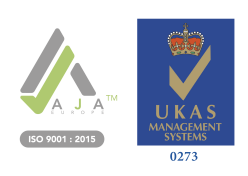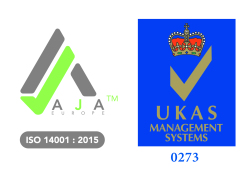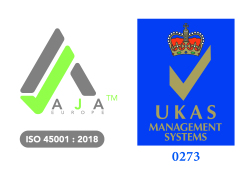Remote working: What are the health and safety implications for employers?
Remote working: What are the health and safety implications for employers?
The number of employees working from home in an office-type job, or roles involving travel where home is used as a base, has risen exponentially. But what are the health and safety implications for employers?
Improvements in technology have paved the way for a revolution in “remote working”, which has benefits for both employees and employers. Employees are increasingly seeking a better work-life balance and enjoy the flexibility offered by working from home; and for employers the advantages are increased productivity and staff retention.Remote working is working away from the office; not only working from home, it also includes mobile working anywhere in the world. It’s estimated that 50% of the UK workforce will work remotely by 2020. Data from the Office of National Statistics (ONS) reveals that the number of UK workers who moved into remote-working increased by nearly a quarter of a million over a decade.
Liability
Remote working is now a common feature of the business world but opens the door to a raft of health and safety implications for employers.
The importance of employers ensuring their remote workforce has the same level of cover as those operating on work premises should not be underestimated. Your legal obligations do not stop at the office door.
Managing home workers and identifying their associated risks can be complicated for employers. As an employer it’s important to consider if your liability insurance extends coverage to home working. A typical business policy requires business owners to notify their insurer if employees are operating from other addresses to ensure that property damage and business interruption cover is seamless.
Risk assessment
Employers need to assess the suitability of the working environment at home by conducting a workplace risk assessment and take appropriate measures to reduce any associated risks. They need to make sure homeworkers have an appropriate workspace at home (checking the ventilation, temperature, lighting, space, chair, desk and computer or workstation), take regular breaks and so on. It also means completing Portable Appliance Testing (PAT testing) on items used for work purposes such as laptops and landline phones, as these should be routinely checked by employers for safety.
The employer is responsible for the equipment it supplies, but it is the employee’s responsibility to rectify any flaws in the home highlighted by the assessment. Once the home workplace has passed the assessment, it is the employee who is responsible for keeping it that way.
The majority of work carried out at home is going to be low-risk office-type work but if your employees work at home doing activities such as working with adhesives, you need to consider the particular risks involved in those activities. You will need to check that any equipment you supply to your staff is in good condition and that they have the correct personal protective equipment (PPE) if needed.
Ensuring the wellbeing of remote workers
Remote workers’ mental wellbeing should also be addressed. Remote workers miss out on a number of factors that benefit our mental health such as colleague interaction and office provisions.
To prevent employees from becoming isolated, you could consider creating a virtual community so they are able to retain the social element of work life. This could be setting up a WhatsApp group or internet social media channels for your workers; ensuring managers are regularly communicating with their staff and addressing any issues they may have; consider setting up monthly staff meetings whether physical or virtual.Using technology is vital to keeping your remote business working smoothly eg, video messaging, GPS tracking, the cloud, and scheduling apps.Did you know?
· Businesses have reported benefits to their firms in allowing staff to adopt more flexible working practices. This includes more than half reporting an improvement in their relationship with their employees and staff motivation, 40% reporting a boost in productivity and 38% seeing a drop in staff absence.
Remote workertraining with ETD
Our 30 minute course provides employees with the necessary information to protect themselves whilst working remotely, including assessing the risks, and precautionary measures. Learners must pass a short multiple-choice assessment to complete the course.
ETD Training are a provider of online health and safety training solutions in Shropshire. To find out more about us click here…







